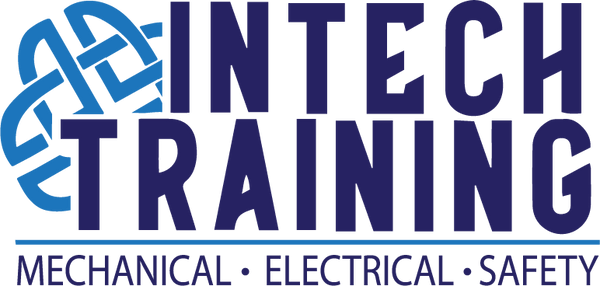Shaft alignment might not be the most glamorous aspect of machinery maintenance, but it’s a critical factor in ensuring the efficient and reliable operation of rotating equipment. Misaligned shafts can lead to a host of problems, including increased wear and tear, reduced efficiency, and even catastrophic equipment failure. In this blog, we'll delve into why proper shaft alignment is essential and how it impacts your machinery’s performance and longevity.
Understanding Shaft Alignment
Shaft alignment refers to the precise adjustment of the shafts in a machine to ensure they are perfectly aligned with each other. When shafts are misaligned, it can cause various issues that affect the overall performance of the equipment. Proper alignment ensures that the mechanical components work harmoniously, reducing stress on the system and improving reliability.
Why Shaft Alignment is Crucial
1. Reduces Wear and Tear: Misalignment creates uneven forces and vibrations, which lead to accelerated wear on bearings, seals, and other components. By ensuring shafts are correctly aligned, you minimize these stresses and prolong the lifespan of the equipment. This not only reduces maintenance costs but also decreases the frequency of part replacements.
2. Prevents Excessive Vibration: One of the most common symptoms of shaft misalignment is excessive vibration. Vibrations can cause a range of problems, including loosening of bolts, damage to components, and even structural damage to the machinery. Proper alignment helps maintain smooth operation and minimizes vibrations.
3. Enhances Energy Efficiency: Misaligned shafts can lead to increased friction and drag, which in turn raises the energy consumption of the machinery. By aligning the shafts correctly, you reduce resistance and ensure that the equipment operates more efficiently. This can lead to significant energy savings and a reduction in operating costs.
4. Improves Reliability and Reduces Downtime: Frequent breakdowns due to misalignment can result in costly downtime and disrupt operations. Proper shaft alignment helps maintain smooth and reliable operation, reducing the likelihood of unexpected failures and improving overall productivity.
5. Extends Equipment Lifespan: Correct alignment reduces the mechanical strain on components, helping to extend the overall lifespan of the equipment. This not only saves on replacement costs but also helps in maintaining consistent performance over time.
Signs of Shaft Misalignment
Recognizing the signs of shaft misalignment can help in addressing the issue before it causes major problems. Look out for:
- Excessive Vibration: Persistent or unusual vibrations can indicate misalignment.
- Increased Heat: Misalignment can cause friction, leading to elevated temperatures in bearings and other components.
- Unusual Noise: Grinding, clashing, or other abnormal sounds can be a sign of misalignment.
- Premature Wear: Uneven wear patterns on bearings and seals often point to alignment issues.
Best Practices for Shaft Alignment
1. Use Precision Tools: Employ alignment tools such as laser alignment systems or dial indicators to achieve accurate measurements and adjustments. These tools provide a higher degree of precision compared to manual methods.
2. Follow Manufacturer Guidelines: Refer to the manufacturer’s specifications for alignment tolerances and procedures. Different equipment may have specific requirements for optimal alignment.
3. Regular Inspections: Incorporate shaft alignment checks into your regular maintenance schedule. Periodic inspections can help identify and correct misalignment issues before they escalate.
4. Address Root Causes: If misalignment issues persist, investigate and address the underlying causes, such as foundation issues, wear on components, or installation problems. Fixing these root causes can help prevent recurring alignment issues.
5. Train Your Team: Ensure that your maintenance team is well-trained in shaft alignment techniques and understands the importance of precise alignment. Proper training can lead to more effective maintenance practices and fewer alignment-related problems.
Conclusion
Shaft alignment is a fundamental aspect of maintaining the efficiency, reliability, and longevity of rotating machinery. By understanding the importance of proper alignment and implementing best practices, you can prevent costly breakdowns, reduce maintenance expenses, and ensure smoother, more reliable operation. Remember, a little attention to alignment can go a long way in keeping your equipment running at its best. So, the next time you perform maintenance, give your shafts the attention they deserve and keep your machinery in top shape.
